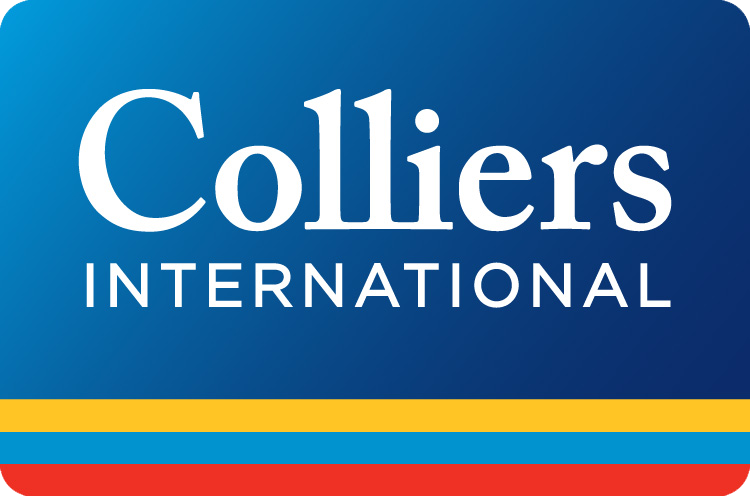- www.colliers.com
Colliers International
Sid P. Ewing
- 510.433.5889
- [email protected]
- RE License # 01179264
Matthew Nebel
- 510.433.5834
- [email protected]
- RE License # 01881807


Traffic, parking and safety. These are among the most important concerns that are raised in our conversations with communities as we work to revitalize our properties throughout the Bay Area. This can create big challenges when we promote development plans for new neighborhoods and buildings that deviate from the car-centric designs that have been the norm for the past 50 or so years. Given the long history of development patterns when “cars were king,” it is understandable that skepticism arises. This is especially true in places where densities are very low and transit options are lacking. Even in transit-rich locations, it is sometimes difficult to imagine a future where cars are not the first consideration.
But we have noticed a startling change – there is a shift occurring – fueled by changing demographics and a strong preference for living closer to jobs. This shift is challenging these 50-year-old assumptions and creating a market demand for a more connected alternative, for “complete streets,” places where cars, bikes, pedestrians and public transit coexist.
It’s not easy, but if we are going to succeed in creating communities that are vibrant and livable, and where people feel connected not only to one another, but to the environment they share, we have to figure out where the car – and the streets they travel on – fit in.
How? By embracing a vision of “complete streets”. The complete streets movement has given us a framework and a wealth of on-the-ground successes to guide our projects. Successful cities are reclaiming their streets, creating safe access for pedestrians, bicyclists and transit users, and making streets work not just for cars, but for the broader community.
Complete streets are about mobility, not just driving. And true success is manifested in a reduction in vehicle miles traveled (VMT). Good design makes walking, biking and transit suitable options, especially for short trips. But it requires that we take a close look at the real estate in our communities currently devoted to asphalt, and question whether some portion of those areas can be taken back for mobility by foot, bike, or transit.
Multi-modal options create resiliency, reduce vehicular traffic and congestion, and many times create beautiful spaces that make it enjoyable NOT to drive.
Demographic shifts and behavioral changes are driving the complete streets movement. By 2025, one-fifth of adults in the United States will be 65 and older, a population that will appreciate calmer traffic patterns, slower speeds, and access to transit. In addition, new census data shows that young people are less likely to drive to work than older generations. They are more likely to bike or walk to work, and they prefer to be close to vibrant areas for socializing, shopping, and working.
At Westlake Urban, our redevelopment plans include pedestrian and bicycle connections, community gathering spaces, connections to public transit, and careful attention to the spaces between buildings. The following four projects illustrate our commitment to building differently:
Embracing a complete streets policy is not a “silver bullet” or a magical way of fixing urban planning problems. But the complete street movement has gained traction and has shown the progress that can be achieved by adhering to these common-sense guidelines from the Project for Public Spaces to create better streets:
Creating complete streets requires that communities, city planners, traffic engineers, and real estate owners and developers work together. As we move forward with our projects, Westlake Urban aims to do its part to make complete streets a reality.
Tags: Biking, Complete streets, Millennials, Project for Public Spaces, San Leandro, San Leandro Tech Campus, Westlake Urban